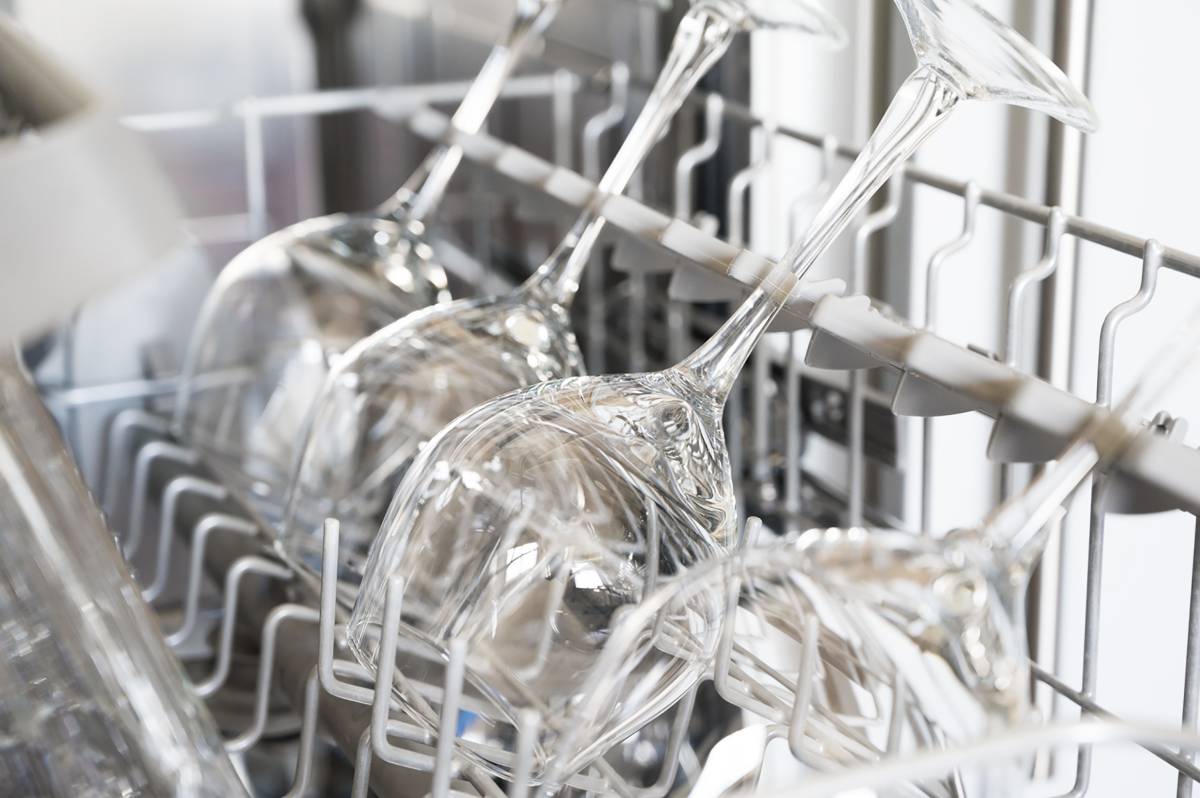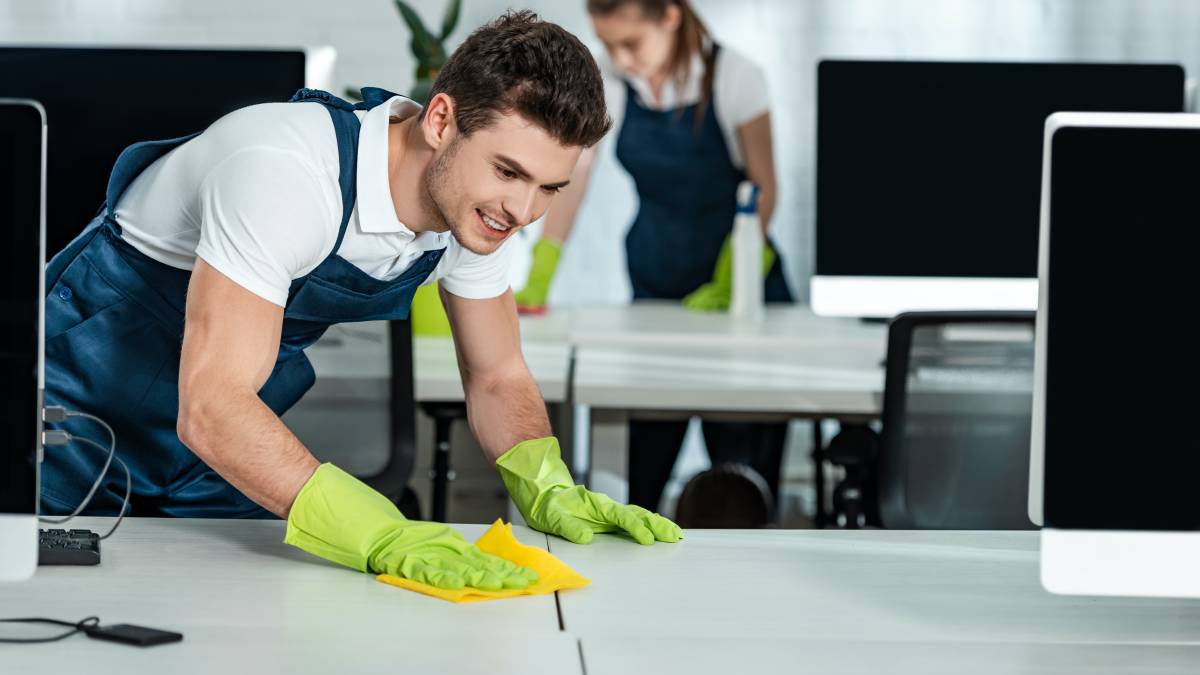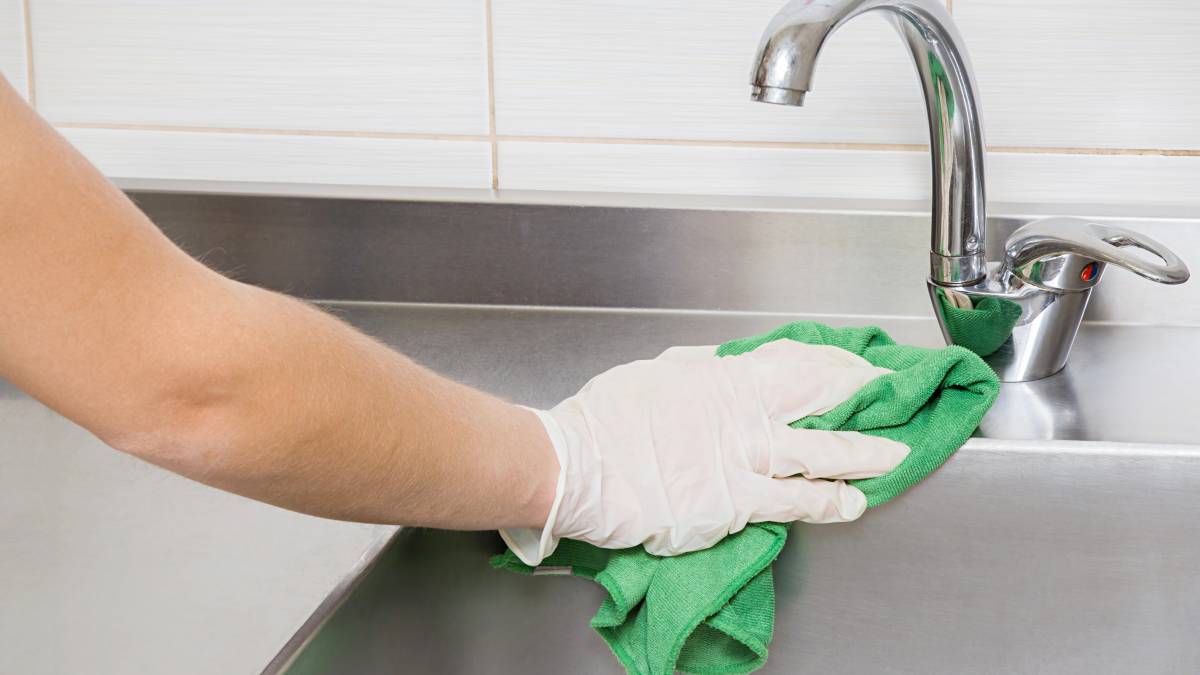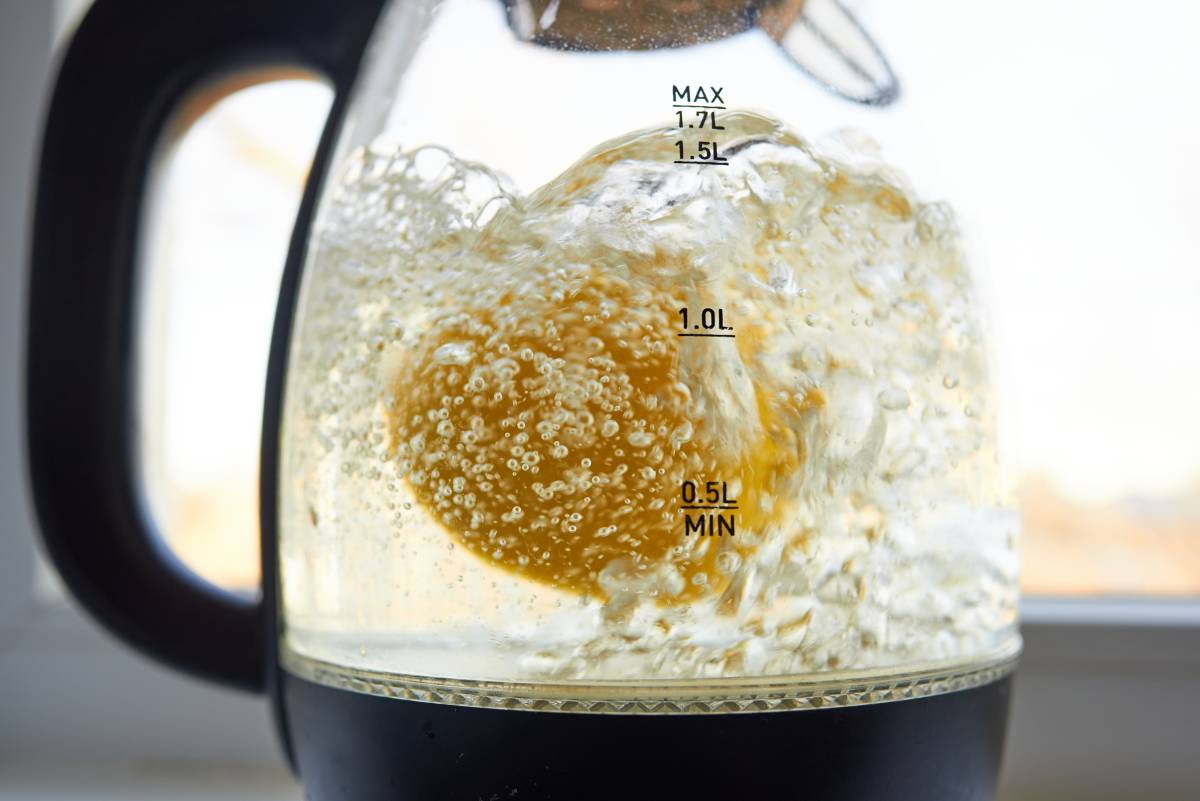
- Home/
- Guides/
- Commercial Kitchen Cleaning/
- How to Descale Kettle
Here’s how to descale a kettle naturally without harsh chemicals
Last Updated on
Whether you’re an avid tea drinker, love a Cup-a-Soup or just have a dodgy hot water system, chances are your kitchen has a kettle, and that you haven’t cleaned it recently. Dare you to go look inside it now.
The inside of your kettle probably looks a lot like this:
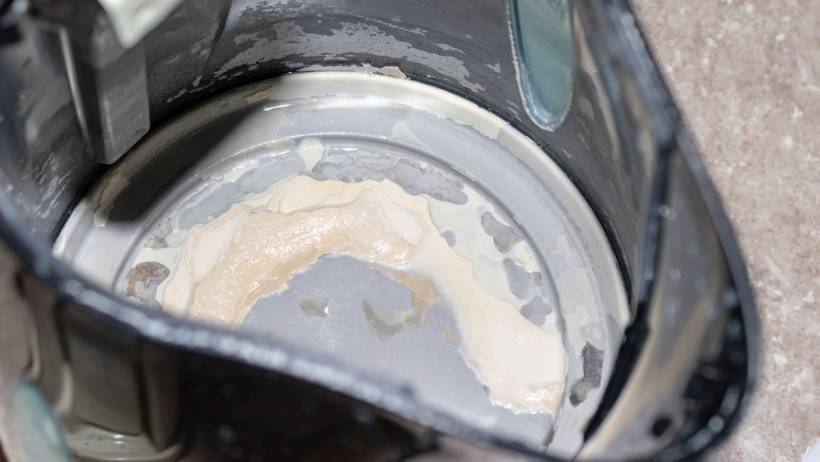 Hard water deposits inside a kettle. (Source: iStock)
Hard water deposits inside a kettle. (Source: iStock)
Gunky, right? Gross. That greyish-whitish-brownish deposit is limescale, which builds up on surfaces in frequent contact with hard water.
But no need to stress! It’s easy to get rid of limescale in a kettle.
There is a multitude of commercial descaling products available but save your money and the environment and clean the all-natural way with this clever kitchen hack. All you need are a few lemons.
Here’s how to descale a kettle naturally, without harsh chemicals
Step 1: Chop lemons
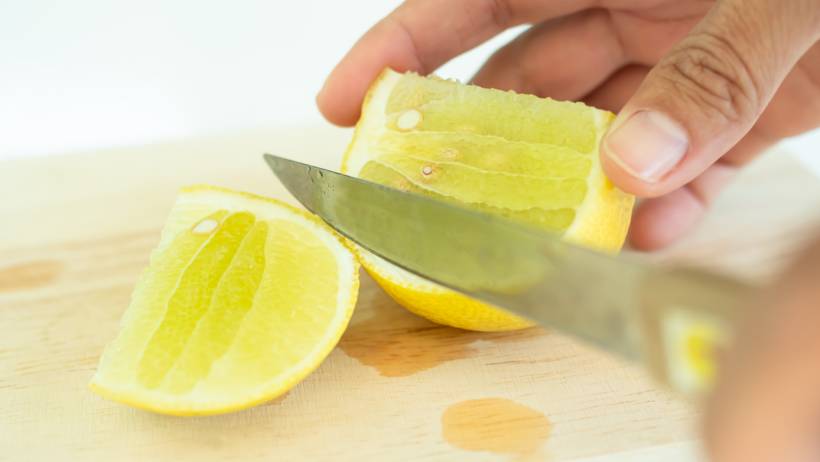 Preparing lemons. (Source: iStock)
Preparing lemons. (Source: iStock)
Chop a few lemons into quarters. You may want to remove the pips so you’re not fishing them out of your kettle later. If you have store-bought lemons remove the little sticker too or you’ll find you have paper clogging up your kettle (and we don’t have a hack for fixing that)!
Step 2: Squeeze lemons into 3/4 full kettle
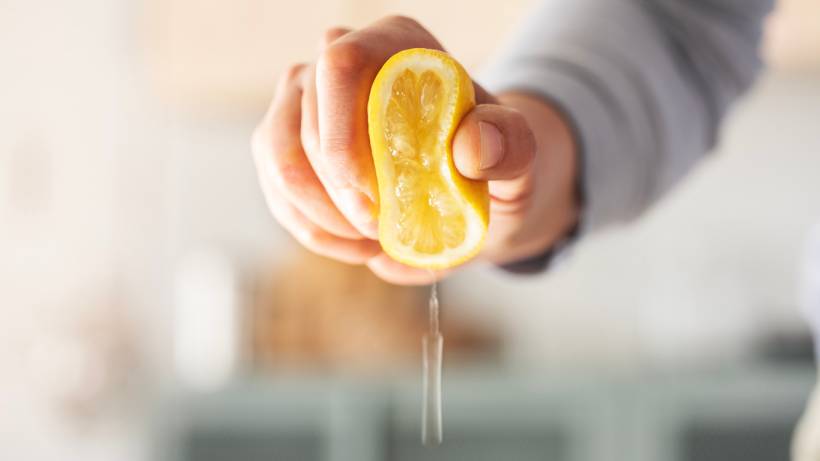 Extracting fresh lemon juice. (Source: iStock)
Extracting fresh lemon juice. (Source: iStock)
Make sure your kettle is approximately 3/4 full of water then give the lemon quarters a decent squeeze into the kettle. Drop the squeezed quarters into the water then it’s time to lock and load – close the lid and flick the switch.
Step 3: Boil
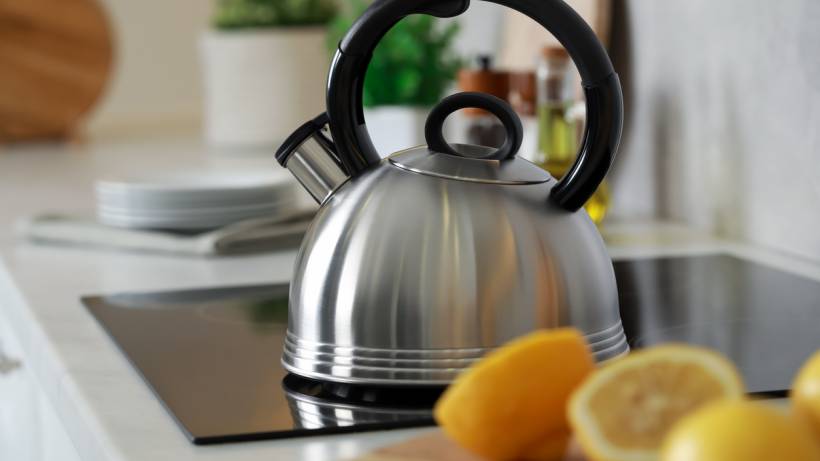 Descaling the kettle. (Source: iStock)
Descaling the kettle. (Source: iStock)
Boil the kettle. If you have a clear glass kettle like this you’re in for a treat, it’s really mesmerising. If not you’ll just have to imagine what’s going on inside, we definitely do not recommend opening the lid to have a peek mid-boil.
Step 4: Swish and tip
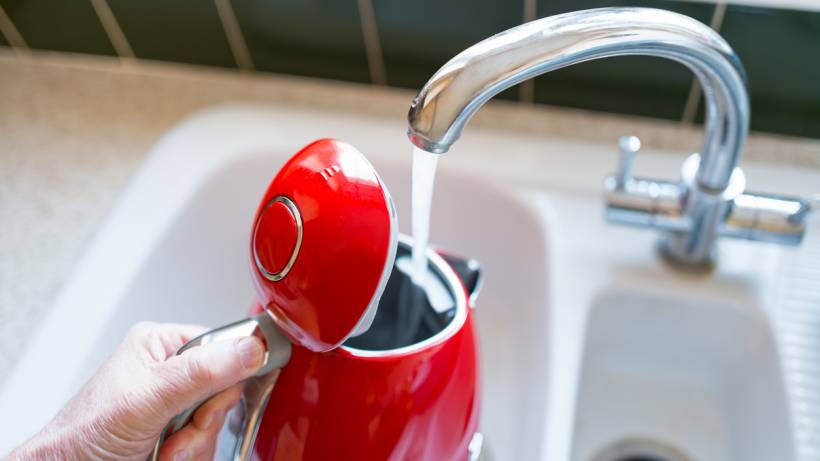 Rinsing the kettle under the tap. (Source: iStock)
Rinsing the kettle under the tap. (Source: iStock)
Once the kettle has finished boiling the water pick it up and (carefully) swish the lemons around inside, then tip all the contents out into the sink. If you want to remove any trace of lemon you can rinse out the kettle with some freshwater.
Your kettle should look good as new!
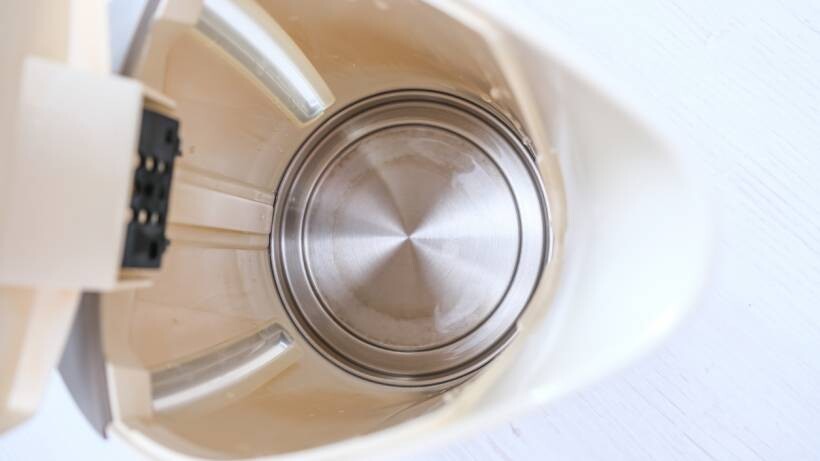 Clean kettle interior. (Source: iStock)
Clean kettle interior. (Source: iStock)
So fresh, so clean. Now go make a cup of tea to enjoy while you read about how it works.
Limescale looks icky, and while it’s not going to kill you it is a killer for appliances. Limescale accumulates on limescale, so the longer you leave it the worse it gets, and build-up can block small spaces, damage electrical elements and lead to corrosion.
How does the lemon work as a descaler? Limescale reacts with acids, so when you ‘descale’ you convert the deposit into soluble mineral salts that can be easily washed away, with carbon dioxide and water as the by-products.
For a less-natural but totally sweet alternative cleaning hack check out these 15 ways you can clean with Coca Cola. Need someone to clean the rest of your kitchen so it’s just as sparkling? Hire a cleaner on Airtasker.
Descaling Kettle FAQs
Limescale, otherwise known as calcium carbonate, is a sedimentary mineral deposit leftover when water evaporates, which it regularly does inside your kettle. Thanks to modern living and plumbing systems the water out of the tap isn’t just H2O molecules. When you boil the water the pure steam escapes and the other stuff is left behind.
A calcium carbonate mineral deposit.
Water with a high concentration of dissolved minerals including calcium and magnesium.
There is no evidence that drinking hard water is bad for your health.
Limescale can be dissolved and removed with acids.
Find commercial kitchen cleaners, fast
Find a commercial kitchen cleaner
Related articles
Related price guides

